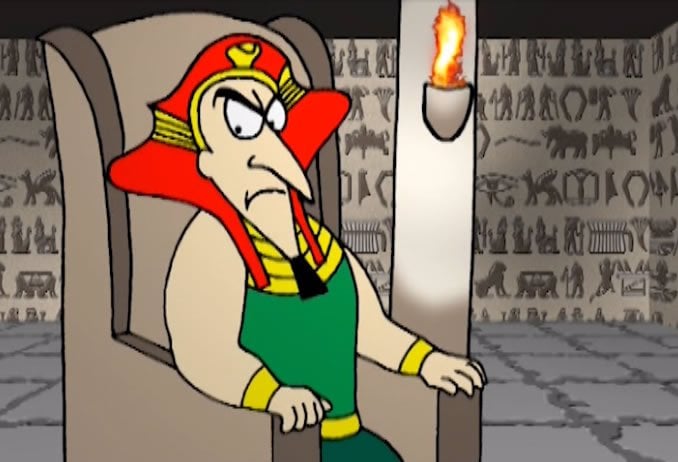ב"ה

Delving into Sefirat HaOmer – ritual counting from Pesach to Shavuot – the slightly disparate narrative of biblical verses lead into unique understandings of this Torah mandate, and how it might be performed in the post-temple exilic era, as separate schools of thought emerge regarding the nature this commandment today. The dominant opinion that modern-day counting is performed by rabbinic ordination alone, begs a question: how does a man-made Mitzvah create a divinely ordained festival? Remarkable insight into the counting and its effects ensues!

Letters and Numbers of Torah—Shemini
In the verse (Leviticus 11:42) that prohibits the eating of creatures that slither on their bellies, the Hebrew word for belly (gachon) is spelled with a large-sized letter vav. How does this allude to our inner struggle against the evil inclination, which is likened to a snake?

11 Nissan, 5742 • April 4, 1982
Even after a week of consecration for the Holy Tabernacle, the Jews still did not merit for G-d Himself to consecrate the Tabernacle. Only when Aaron brought his sacrifice on the eighth day, did G-d finally manifest His awesome Glory.
The sages teach: “Be a student of Aaron: love peace, pursue peace, love all creatures, and bring them close to Torah.” These virtues of Aaron accomplished more than all the Seven Days of Consecration.

A spiritual exploration of the three preconditions for a food item to become ritually impure. The inner dimension of these Temple laws highlights how there is a part of us that is always whole and pure, where nothing – no trauma, no circumstances – can damage. Accessing our deepest connection provides us with our essential worthiness.

“The Second Passover teaches us that ‘It’s never too late.’ The holiday was given for those who were unable to offer the original Passover sacrifice in its proper time. They thought that it was too late, and yet they were told that there is a solution. So too, in any area of life, if there are things you should have done in the past but did not, it’s never too late to make them up now.”

Learning Likutei Sichos vol. 17, Shemini sicha 3
Understanding Rashi’s commentary on how Moshe conceded to Aaron’s argument, underscores how they represent two conflicting approaches that are both valid, namely truth and kindness. We learn that you should aspire for consistent spiritual connection, but

Learning Likutei Sichos vol. 27, Shemini sicha 2
An analysis of the dialogue between Moshe and Aharon whether the Rosh Chodesh sacrifice, which was offered on the day the Mishkan was inaugurated, should be consumed or burnt (as worded in Rashi vs. the Talmud). This nuanced discussion contains an importa

Learning Likutei Sichos vol. 26, Pekudei sicha 1
Is the parsha of Pekudei a continuaton of Vayakhel or is it a new message? This hinges on the translation of Pekudei as we’ll uncover in Rashi. The spiritual message is to take action to make a personal home for Hashem, even if your intentions aren't full
Get the Chabad.org Video app































































































